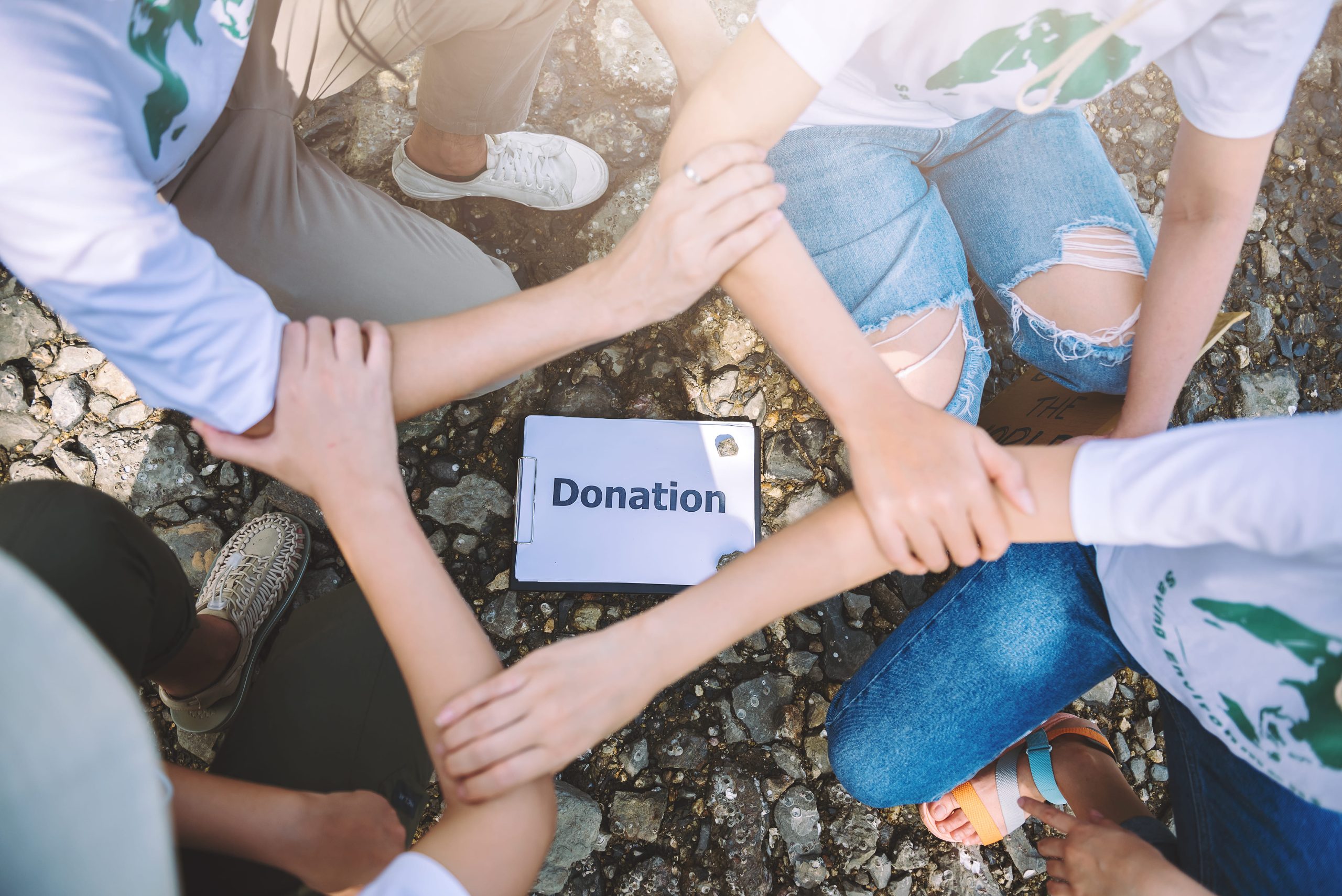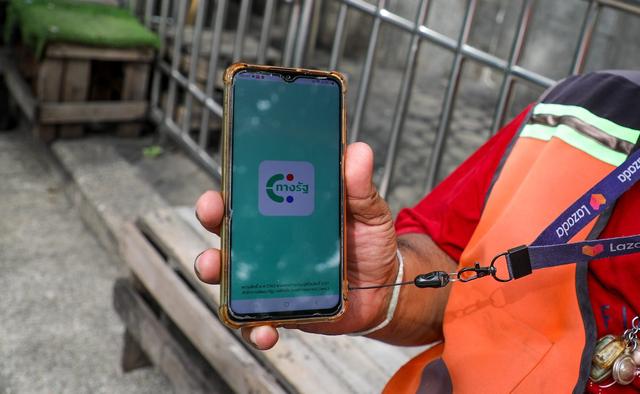However, as this space for generosity grows, it has also become a golden opportunity for scammers, who’ve started using these very channels to prey on people’s goodwill. This raises a critical question: How can we ensure that donating remains a trusted act of kindness—not a trap? The answer is still unfolding.
CIB has revealed common scam tactics. Fraudsters exploit trending events and religious sentiments,
setting up fake donation accounts to deceive the public.

Pol. Col. Neti Wongkulab, Deputy Commander of the Technology Crime Suppression Division, Central Investigation Bureau (CIB)
Pol. Col. Neti Wongkulab, Deputy Commander of the Technology Crime Suppression Division,
Central Investigation Bureau (CIB)
The Deputy Commander of the CIB has issued a warning to the public: If you see donation appeals on social media, always verify that the bank account belongs to a legitimate organization. At a minimum, the account name should match the name of the organization mentioned—not a personal account misusing its identity.

If in doubt, contact the organization directly.For example, if someone claims to represent a hospital but provides a personal bank account, you
should confirm with the hospital whether it is officially accepting donations.
Scammers also tend to exploit festivals and religious beliefs—such as rituals to redeem cows or
buffaloes, or merit-making activities—to lure people into donating. They often use emotionally
charged messages that end with a bank account number to attract attention.
Therefore, the key to avoiding deception is always verifying the account number and checking
whether it belongs to a legitimate organization or has been officially announced by the relevant
institution.
Pol. Col. Neti added that most scams today are found on social media, including donation appeals
that falsely claim to support individuals with disabilities or those in urgent need—when in reality,
the stories are fabricated. Authorities are actively working to crack down on these schemes.
Financial experts recommend always verifying the account before donating.

Dr. Peeraphat Foythong, a lawyer and expert in financial and banking law
Dr. Peeraphat Foythong, a lawyer and expert in financial and banking law, stated that even when
donating to legitimate institutions—such as hospitals, schools, or recognized organizations—there is
still a risk of fraud if certain individuals within those institutions exploit the process for personal
gain.
Ultimately, giving is a matter of the donor’s peace of mind.
“Once we choose to donate to an organization, the act itself is complete.
However, if we truly want to protect ourselves from fraud, we should carefully verify that the
money is being transferred directly into the organization’s official account, not a personal one.”
For example, in the case of Wat Phra Bat Nam Phu, some donors transferred money to personal bank accounts rather than those officially registered under the organization’s name. This makes it easier for scammers to exploit the gap. Even if the account holder is a company director, foundation board member, or a well-known public figure, there is no guarantee that the money will be used for the intended charitable purpose. By contrast, donations made to verified organizational accounts are subject to stricter withdrawal protocols and oversight.

A screenshot of the Revenue Department’s electronic donation verification system (e-Donation)
To enhance transparency, the Revenue Department has developed an electronic donation verification system known as e-Donation. Donors can check their donation records 24 hours a day via the department’s official website at www.rd.go.th. This system helps confirm that donations are sent directly to properly registered organizations or institutions.
Fundraising Control Act
The key legislation governing charitable fundraising is the Fundraising Control Act B.E. 2487 (1944)
. Under this law, anyone wishing to solicit donations from the public must obtain permission
from the relevant authorities, except in cases exempted by law, such as for religious or cultural
events.
The law strictly prohibits fundraising that involves deception or causes public distress. Violators are
subject to the following penalties:
Anyone who conducts fundraising without official permission is subject to a penalty of up to one
year in prison, a fine of up to 1,000 baht, or both.
Authorized fundraising that fails to comply with the stated conditions is subject to the same
penalties—up to one year in prison, a fine of up to 1,000 baht, or both.
If the fundraising involves fraud or deception, the offender may also face additional charges under
the Criminal Code.
Therefore, when donating to an organization or foundation, donors should always verify the
account name. It must match the official name of the organization or foundation. This simple step
can help protect you from falling victim to scammers.










